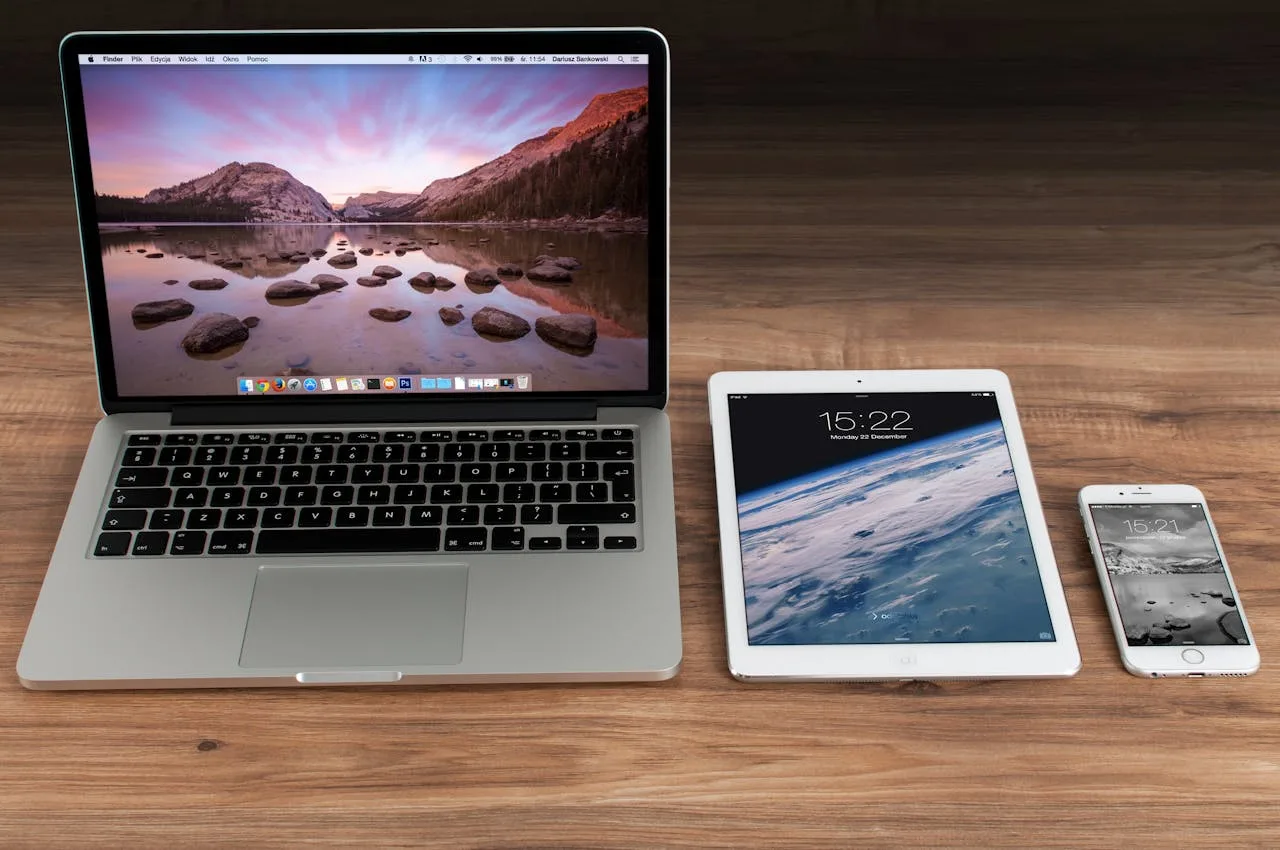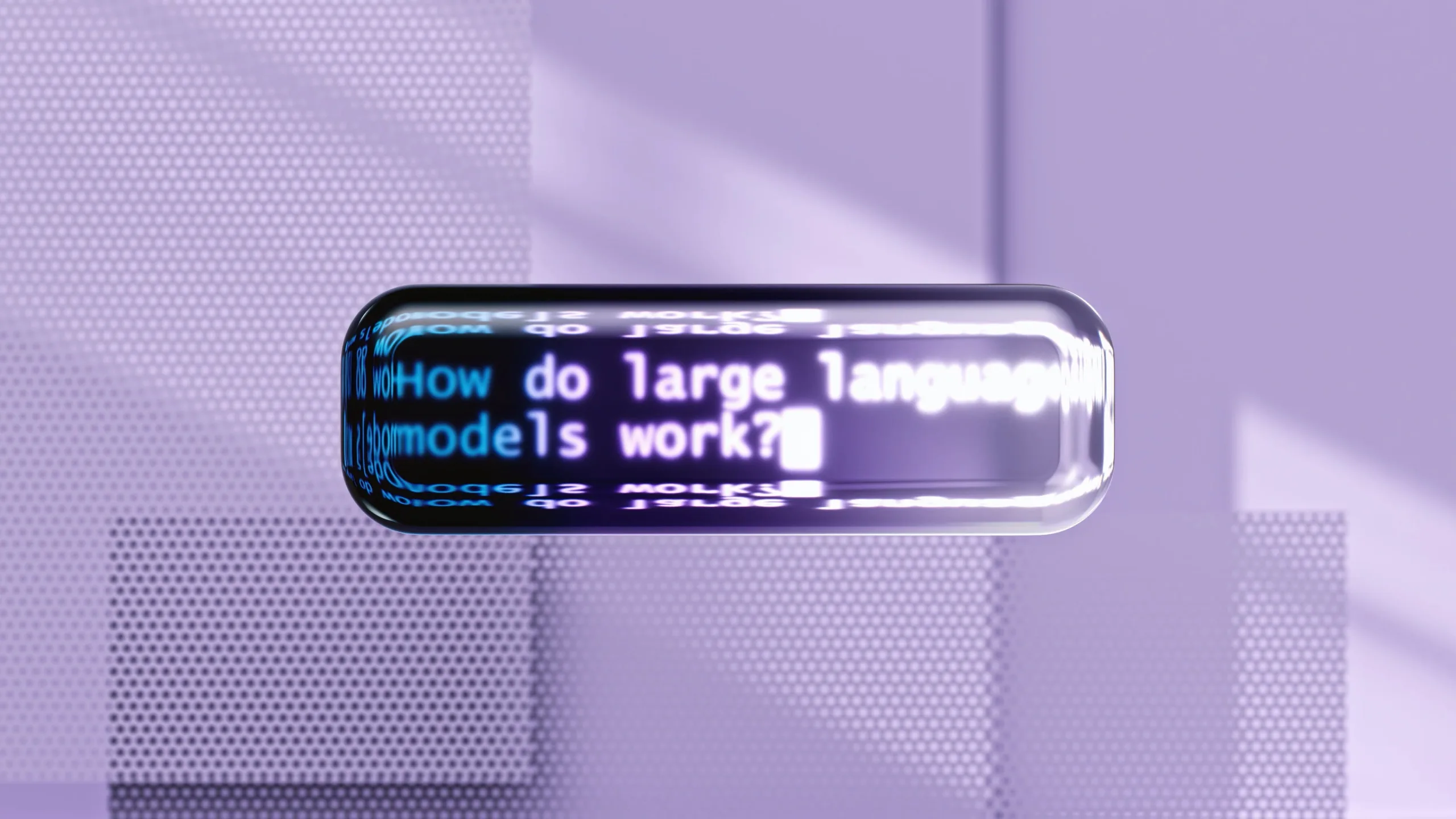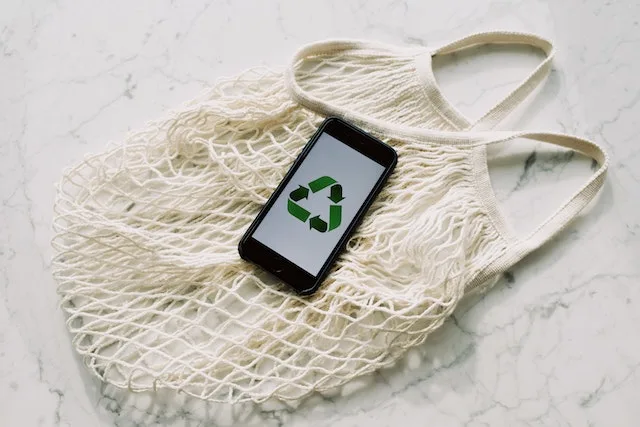Understanding the difference between UX and UI can get confusing. UX stands for User Experience and UI stands for User Interface. The term UX has been around for a while, but people always confuse it with UI. The roles work closely together, but they are not the same. We are going to try and dig into the two to get a better understanding of what the differences are.
What is a UI?

UI is anything you use to interact with a digital product. This includes touchscreens, keyboards, sounds etc. A User Interface designer is responsible for creating the visual experience for the user. So how the user navigates from point A to B via different visual points on a website, app etc. Think tapping a button or swiping through pictures.
What are a UI Designer’s key responsibilities?
– Look and feel:
- Design research
- Graphics and branding development
- User guides and storylines
- Customer Analysis
-Responsiveness and interactivity:
- Animation and interactivity
- Adaptation to all screen devices
- UI Prototyping
- Implementation with designer
What is UX?

User experience evolved as a result of improvements to UI. Once there is something a user can interact with, their experience changes how they feel about the interaction. Some UX designers like to call it customer experience because it is not just about the digital experience. The designer must answer the question “How can the product meet the customer’s needs?”
What are a UX Designer’s key responsibilities?
-Content Strategy:
- Customer analysis
- Competitor analysis
- Product strategy and structure
-Analytics and execution:
- Coordinating with developers, UI designers
- Analysis and Iteration
- Tracking goals and integration.
How do they work together?
Both UX and UI are essential parts of product development and delivery. How do they function collaboratively?
Example: A company wants to develop an app so they hire a UX designer. The UX designer has to do some research into competitor apps and the company’s pain points. Then they will decide the core features of the app and explore user personas to create a prototype and sitemap.
Then the UX designer will create wireframes, test and refine them and convert the wireframes into mockups. Then research and refine the product for the market. They will be focused on how the product is or isn’t meeting the user’s needs.
When the project is reaching the end of the development process, a UI designer will then take control of the product’s appearance, including images, buttons, links and icons.
In conclusion…
UX Designer= focused on the user’s experience (what motivates them or frustrates them when using a product, what the user thinks should be included and why they would/wouldn’t enjoy the product)
UI Designer= uses the research gathered by the UX designer as a guideline to work on a design and interactivity to make sure the user understands the product and enjoys it.
Without a UX designer, you would have a product that looks beautiful and appealing but unusable. Without a UI designer, you would have a great idea in theory but would be difficult and difficult to navigate on the screen.






